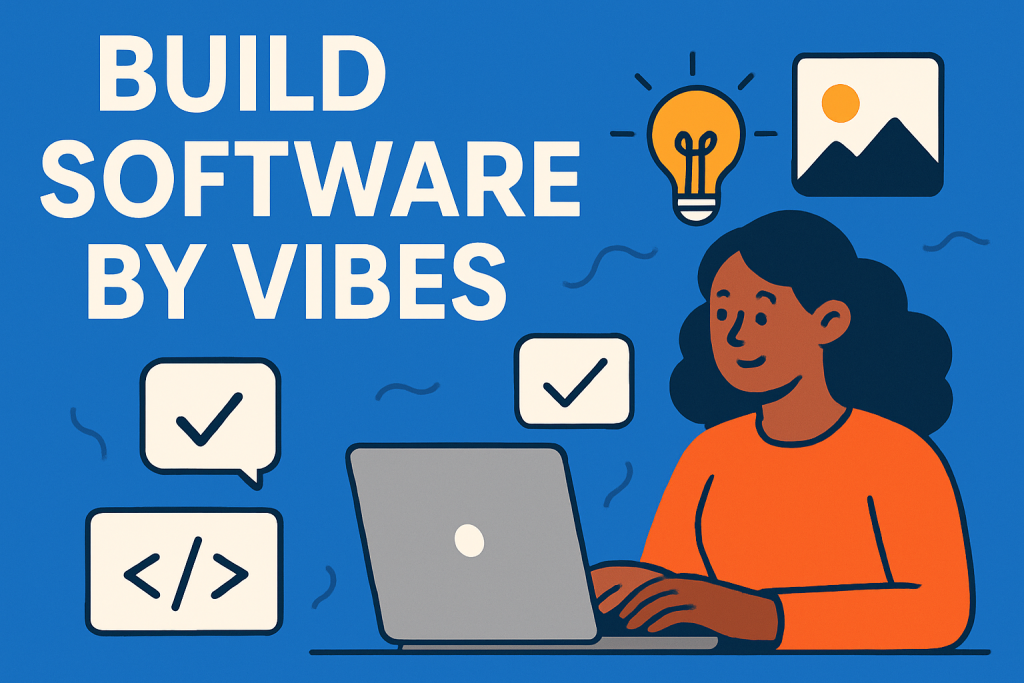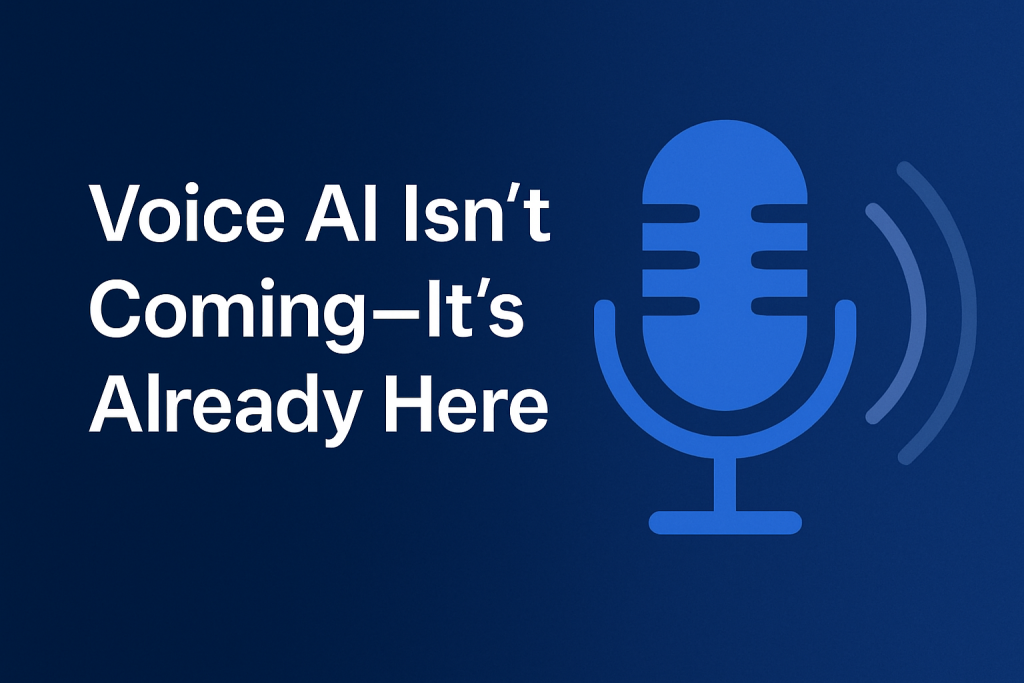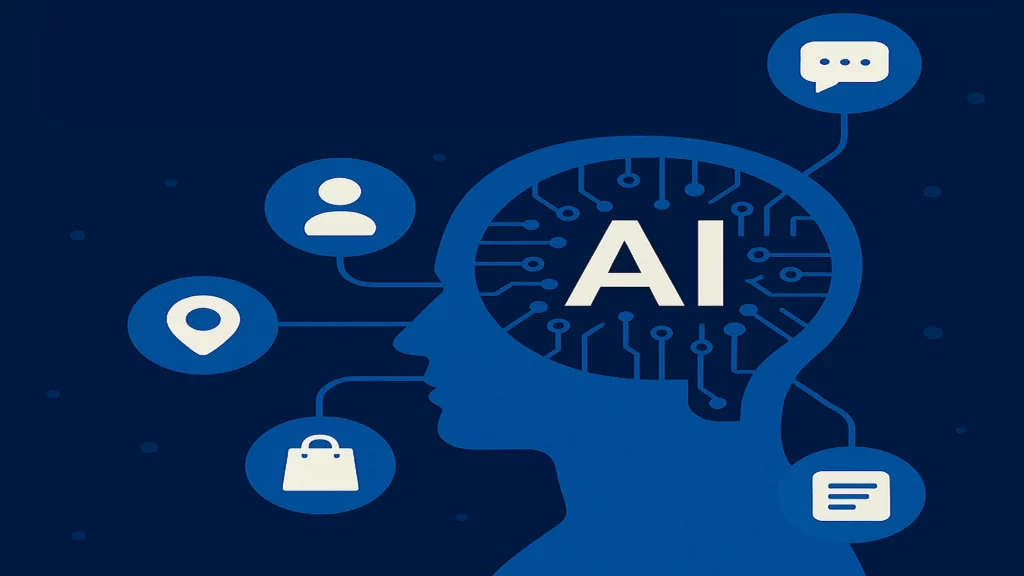“With vibe coding, creativity and intent take the front seat, and technical barriers start to fade away for makers of all backgrounds. ”
The term Vibe coding has been floating around for some time now. I, for one, being a non-coder, have always been curious about it.
Why? Take this scenario, you have this amazing idea in your head for an app that is going to be the next best thing. You sit down to create it. That’s when you realise, you don’t know coding.
What do you? Learn Coding, of course, duh! There are millions of coders out there; can’t be that tough, right? Your next step is to join a course or better try self-learning. You start by understanding the basics, then jump into ‘Hello World’, you are happy and start going to the next level, then come the bugs, resolving them, which makes the progress awfully slow.
And you are nowhere near building your ground-breaking app! You lose your patience and just drop building your groundbreaking app idea.
How many of you would resonate with this scenario? Well, I would.
Then you need to know about Vibe Coding. It can transform the way people build software, make it faster, more creative, and accessible to anyone who can describe what they want in plain language. In this post, I will introduce the core ideas behind vibe coding, preview a blog series on this subject, and offer enough insight and examples to stand on its own for curious makers, beginner coders, and product innovators.
Meet Vibe Coding: Building by Vibes, Not Just Syntax
Vibe coding is all about focusing on the “what” instead of the “how”, using natural language prompts to tell AI what you want your app, website, or tool to do, and letting the AI do the heavy lifting. Gone are the days when programming meant hours of battling with syntax errors and combing through technical documentation. With vibe coding, creativity and intent take the front seat, and technical barriers start to fade away for makers of all backgrounds.
Why the Hype? What Makes Vibe Coding Different
- No Deep Coding Required: Anyone with an idea and the ability to describe it can start building apps, dashboards, calculators, and more, no computer science degree or years of experience needed.
- Rapid Prototyping: Build functional prototypes or even launch-ready products in record time just by refining your prompts and working with AI assistants like ChatGPT, Replit, or Claude.
- Collaborative and Iterative: The process is conversational. Make requests (“Add a search bar,” “Make it mobile-friendly”), see results, and keep improving until it feels right.
- Not Just for Beginners: Designers, product teams, marketers, and experienced developers all use vibe coding to turn ideas into reality quickly and focus on what matters most: the user experience.
Real-World Examples
- The Glitched Goblet Blog: Built nearly entirely by guiding ChatGPT with natural prompts, from homepage design to interactive features—demonstrating that even learning new frameworks or solving technical snags can be handled “by vibes”.
- Plywood Cutting Visualizer: Created by a non-engineer with Claude AI, turning dimensions into cutting plans through step-by-step collaborative dialogue with the AI.
- Resume Scoring Agent, Spotify Postcard App, and More: Makers and product thinkers use vibe coding to build tools for work, side projects, and creative fun—proving that what once took a team can now be explored by one determined vibe coder.
Ready to Build by Vibes?
Whether you are,
- a beginner just looking to put their first tool online,
- a designer eager to move beyond wireframes,
- or a product veteran wanting a faster path from idea to prototype,
Vibe coding represents a breakthrough. After reading this series, you’ll have the knowledge and inspiration to start “building by vibes”—and maybe see how the walls around software creation are finally coming down for everyone.




